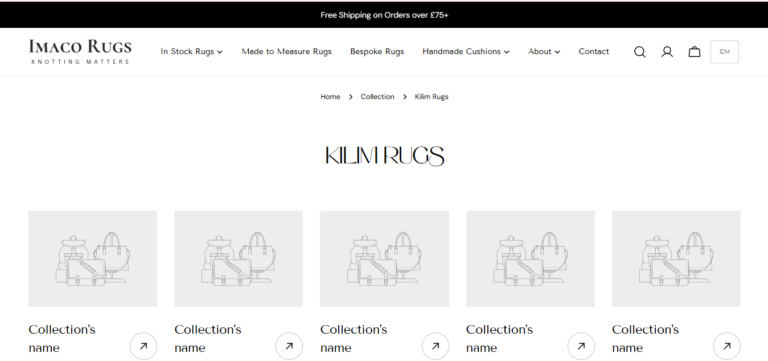In the world of interior design, few items combine artistry, tradition, and functionality as beautifully as a handmade rug. These woven masterpieces have been a part of human culture for centuries, adorning homes, palaces, and sacred spaces across the world. Far more than just floor coverings, they are intricate works of art that tell stories through patterns, colors, and textures. Today, they hold a special place in both traditional and contemporary homes, valued for their beauty, craftsmanship, and enduring appeal.
A Legacy Woven Through History
The tradition of rug-making dates back thousands of years, with archaeological evidence suggesting its presence as early as 500 B.C. in regions like Persia, Anatolia, and Central Asia. Originally created for practical purposes—providing warmth, insulation, and comfort in nomadic tents—these rugs quickly became symbols of cultural identity and artistic achievement.
Each community developed its own weaving techniques and motifs, often passing them down through generations. The patterns were not random; they carried meaning, representing blessings, protection, or significant life events. As trade routes like the Silk Road expanded, these rugs traveled far beyond their places of origin, influencing textile traditions in countless cultures.
The Art of Craftsmanship
What makes a handmade rug truly special is the time, effort, and skill invested in its creation. Unlike machine-made rugs, each knot, weave, and detail is executed by hand, often taking months or even years to complete.
Natural materials such as wool, silk, and cotton are carefully chosen for their durability, texture, and ability to hold vibrant colors. Many artisans use natural dyes derived from plants, roots, and minerals, producing rich tones that age gracefully over decades. The process requires precision and patience, and no two handmade rugs are ever exactly alike—making each piece a unique expression of the artisan’s creativity.
Why Handmade Rugs Stand Out
A handmade rug is more than just a decorative accessory—it is an investment in quality and artistry. The density of knots, the choice of materials, and the weaving technique all contribute to its value. High-quality rugs can last for generations if properly cared for, making them heirlooms that can be passed down within families.
Additionally, handmade rugs have a depth of character that mass-produced items cannot replicate. Subtle irregularities in the weave, slight variations in color, and the presence of the weaver’s hand give each rug a personality of its own. This uniqueness is one of the key reasons they remain highly sought after by collectors and interior designers.
Styling a Handmade Rug in Your Home
One of the reasons these rugs are so beloved is their versatility in interior design. A vibrant, patterned rug can add a dramatic focal point to a minimalist room, while a neutral-toned rug can enhance the warmth of a rustic or traditional space.
They can be used in living rooms to define seating areas, in bedrooms to add softness underfoot, or even as wall hangings for an artistic statement. Their ability to blend with a wide range of design styles—from bohemian and eclectic to modern and classic—makes them a timeless choice for any home.
Caring for a Handmade Rug
To maintain the beauty and longevity of a handmade rug, regular care is essential. Light vacuuming helps prevent dust and dirt from settling deep into the fibers. Rotating the rug every few months ensures even wear, while avoiding prolonged exposure to direct sunlight prevents fading.
For spills, immediate blotting with a clean, dry cloth is the best approach. Avoid harsh chemicals, as they can damage the natural fibers and dyes. For deeper cleaning, professional rug cleaning services that specialize in handwoven textiles are highly recommended.
An Investment Worth Making
While the initial cost of a handmade rug may be higher than that of a mass-produced alternative, its longevity and timeless appeal make it a worthwhile investment. Many antique or rare rugs appreciate in value over time, especially those with historical or cultural significance. For collectors, acquiring a well-crafted piece is both a personal pleasure and a potential financial asset.
Conclusion:
In a marketplace flooded with machine-made options, the enduring charm of a handmade rug lies in its authenticity, craftsmanship, and cultural heritage. It is a piece of history you can walk on, a work of art that can transform a space, and an heirloom that can be cherished for generations. Owning one is more than a design choice—it’s a way of honoring tradition while enhancing the beauty of modern living.




